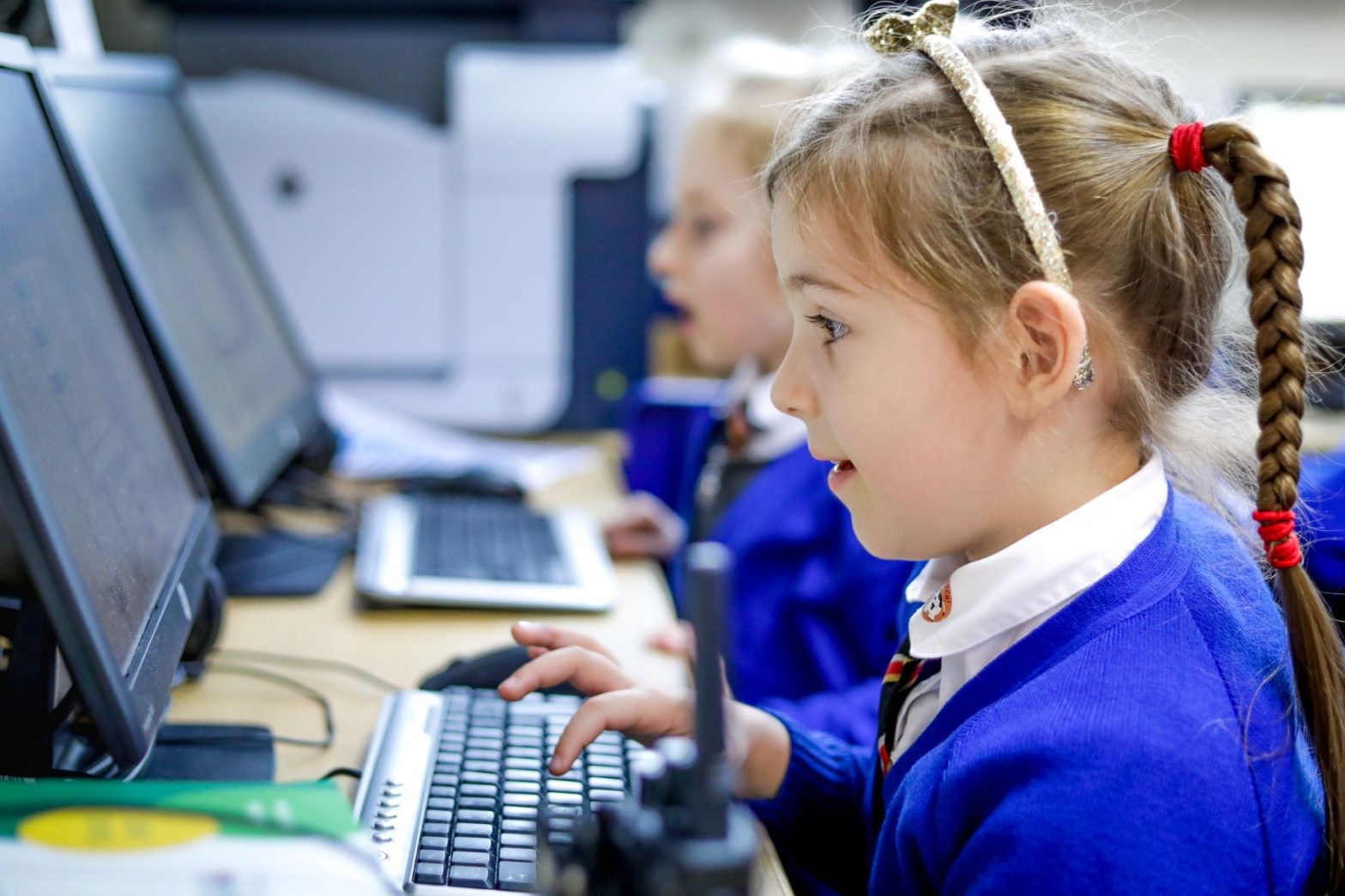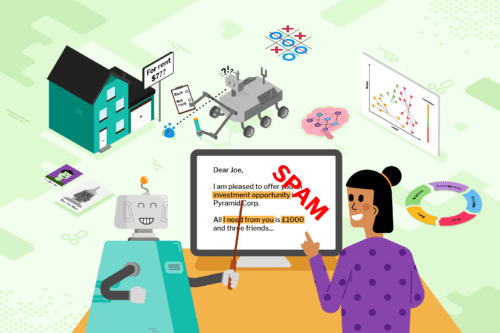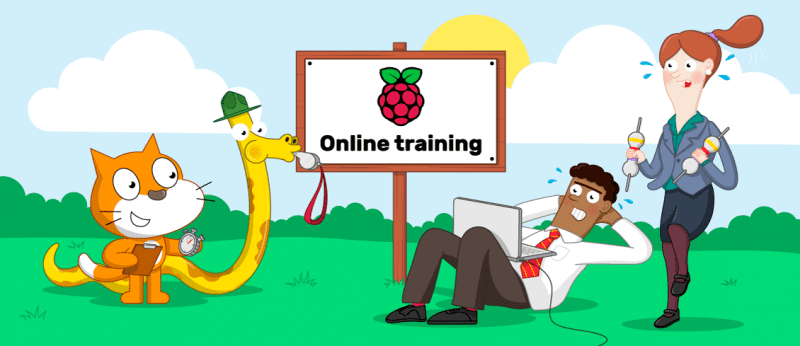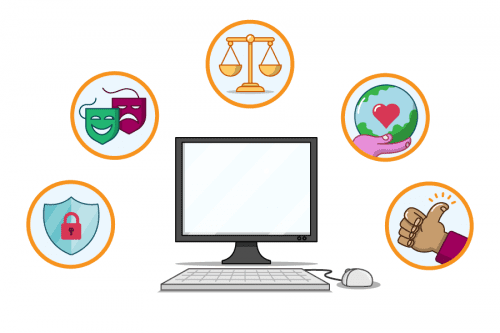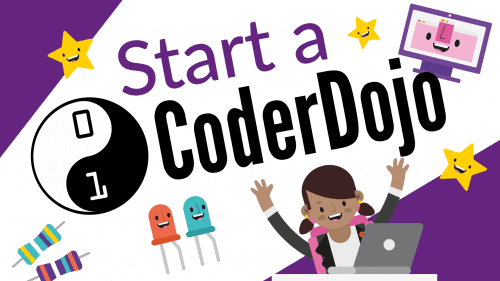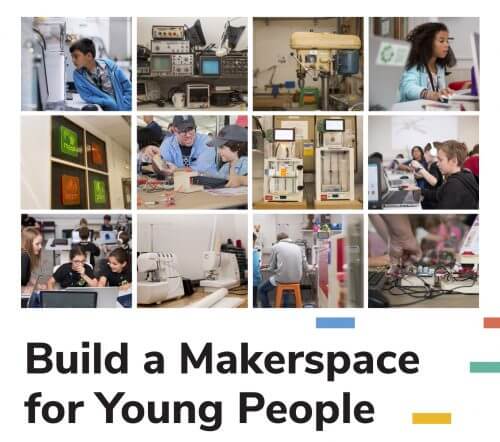Schlagwort: Futurelearn
-

Learn how to teach computing to 5- to 11-year-olds
Reading Time: 3 minutesIntroducing children to computing concepts from a young age can help develop their interest and attachment to the subject. While parents might wonder what the best tools and resources are for this, primary and K1–5 educators also need to know what approaches work with their learners. ‘Teaching computing to 5- to 11-year-olds’…
-

How do we create engaging online courses for computing educators?
Reading Time: 6 minutesWith our online courses programme, launched in 2017, we made it our mission to provide computing educators with the best possible free training we can design. Five years on, here are some of the key stats about the courses’ impact: We’ve produced and launched 35 free online courses We’ve created over 650…
-

Learn the fundamentals of AI and machine learning with our free online course
Reading Time: 5 minutesJoin our free online course Introduction to Machine Learning and AI to discover the fundamentals of machine learning and learn to train your own machine learning models using free online tools. Although artificial intelligence (AI) was once the province of science fiction, these days you’re very likely to hear the term in…
-

Learn the fundamentals of AI and machine learning with our free online course
Reading Time: 5 minutesJoin our free online course Introduction to Machine Learning and AI to discover the fundamentals of machine learning and learn to train your own machine learning models using free online tools. Although artificial intelligence (AI) was once the province of science fiction, these days you’re very likely to hear the term in…
-

How teachers train in Computing with our free online courses
Reading Time: 4 minutesSince 2017 we’ve been training Computing educators in England and around the world through our suite of free online courses on FutureLearn. Thanks to support from Google and the National Centre for Computing Education (NCCE), all of these courses are free for anyone to take, whether you are a teacher or not!…
-

Is upgrade culture out of date?
Reading Time: 8 minutesAt Raspberry Pi, we’re interested in all things to do with technology, from building new tools and helping people teach computing, to researching how young people learn to create with technology and thinking about the role tech plays in our lives and society. Today, I’m writing about our habit of replacing devices…
-

Can algorithms be unethical?
Reading Time: 5 minutesAt Raspberry Pi, we’re interested in all things to do with technology, from building new tools and helping people teach computing, to researching how young people learn to create with technology and thinking about the role tech plays in our lives and society. One of the aspects of technology I myself have…
-

Your Back-to-School Bootcamp with our free online training
Reading Time: 3 minutesAre you ready FEEL THE BURN…of your heating laptop? And MAX THOSE REPS…using forever loops? Then get your programming muscles into the best shape possible with our free online training courses. Pump up your programming skills for free Today we are excited to announce our new online training course Programming with GUIs…
-

Your Back-to-School Bootcamp with our free online training
Reading Time: 3 minutesAre you ready FEEL THE BURN…of your heating laptop? And MAX THOSE REPS…using forever loops? Then get your programming muscles into the best shape possible with our free online training courses. Pump up your programming skills for free Today we are excited to announce our new online training course Programming with GUIs…
-

Developer Q&A: brand-new online training courses
Reading Time: 6 minutesThere is always a flurry of activity at the start of the new academic year, and we are getting in on the action: this autumn and winter, we’ll be launching four new online courses! They are completely free and aim to give educators a solid grounding in the concepts and practical applications…
-

Start a CoderDojo with our free online training
Reading Time: 3 minutesYou can now sign up to our newest free online course Start a CoderDojo to learn more about CoderDojo and how you can easily set up one of these free coding clubs for young people in your area. With less than two weeks until the course begins, we wanted to tell you…
-

New free online course about building makerspaces
Reading Time: 2 minutesHelping people to get into making is at the heart of what we do, and so we’ve created a brand-new, free online course to support educators to start their own makerspaces. If you’re interested in the maker movement, then this course is for you! Sign up now and start learning with Build…
-

Transition from Scratch to Python with FutureLearn
Reading Time: 3 minutesWith the launch of our first new free online course of 2018 — Scratch to Python: Moving from Block- to Text-based Programming — two weeks away, I thought this would be a great opportunity to introduce you to the ins and outs of the course content so you know what to expect.…
-

Prepare to run a Code Club on FutureLearn
Reading Time: 2 minutesPrepare to run a Code Club with our newest free online course, available now on FutureLearn! FutureLearn: Prepare to Run a Code Club Ready to launch! Our free FutureLearn course ‘Prepare to Run a Code Club’ starts next week and you can sign up now: https://www.futurelearn.com/courses/code-club Code Club As of today, more…
-

Prank your friends with the WhooPi Cushion
Reading Time: 3 minutesLearn about using switches and programming GPIO pins while you prank your friends with the Raspberry Pi-powered whoopee WhooPi Cushion! Whoopee cushion PRANK with a Raspberry Pi: HOW-TO Explore the world of Raspberry Pi physical computing with our free FutureLearn courses: http://rpf.io/futurelearn Free make your own Whoopi Cushion resource: http://rpf.io/whoopi For more information on…
